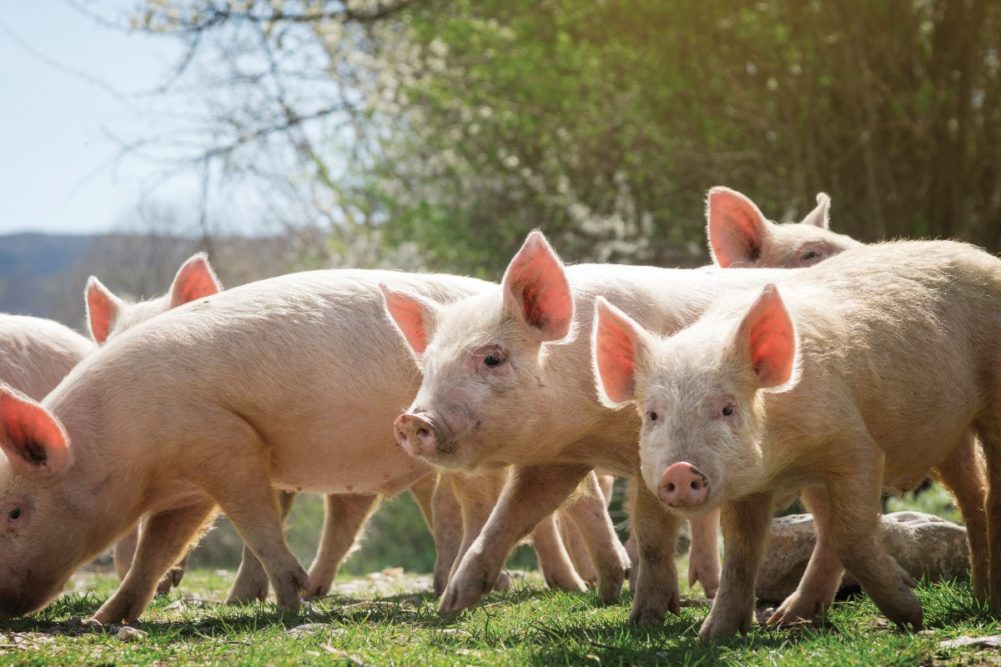UTRECHT, THE NETHERLANDS – In its Q2 Pork Quarterly report, Rabobank explained that producers’ returns in 2022 will be challenged by rising costs of feed, energy, freight, herd health and labor.
Analysts expect global pork trade to decline while consumer demand will remain mixed.
Grain and protein meal costs continue to rise after a disappointing South American crop and the recent disruption in the Black Sea due to the War in Ukraine.
“Producers will focus on efficiencies and limit herd growth, with expected declines in financially stressed regions including the UK, Germany, and Southeast Asia,” the report said.
Rabobank added that increasing global uncertainty with geopolitical conflict and a shift away from a reliance on trade will weigh on trade flows during the second half of the year. This could also limit pork imports.
The firm said an estimated 11% of annual pork production is set for global markets, with most export-dependent countries unable to absorb excess pork in local markets.
“This vulnerability could force some regions to reevaluate their relative exposure to exports and export-led growth,” the report said.
Analysts are also determining what all these factors are going to do for consumer demand for higher pork prices.
“The challenge of matching production and consumption uncertainties to find a soft landing for global pork markets will dominate our thinking into 2H 2022,” the report said. “Pork prices do not yet fully reflect the higher underlying cost of production in Europe and some parts of Asia, as the meat supply continues to exceed market need. The production response had been muted in most regions thus far but will begin to impact availability beginning in 2H 2022.”


